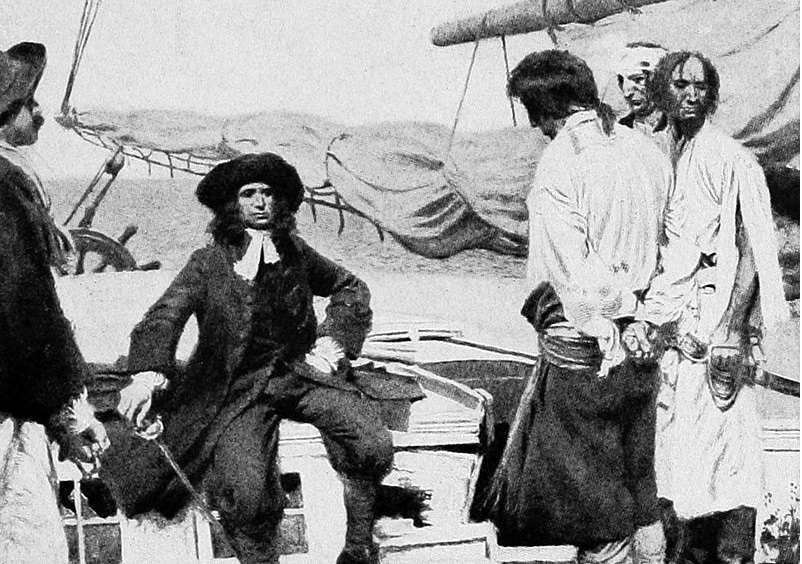Stede Bonnet (1688-1718) was an unlikely Barbadian pirate because he was a wealthy landowner of a 400-acre estate southeast of Bridgetown. For some unexplained reason, and despite his lack of sailing experience, he abandoned his wife, children, land and fortune, and turned to piracy in 1717.
It was rumoured he had marital problems, or he may have been having financial issues due to his sugarcane crop being wiped out by a hurricane or another natural disaster, or perhaps it was the worst midlife crisis of the 18th century. He bought a sloop with 10 guns, which was unusual as most pirates seized their ships by mutiny or converting a privateer vessel to a pirate ship. He named it Revenge and recruited a pirate crew of 70 and, in another break from tradition, paid his crew wages, not shares of plunder as most pirates did.

Bonnet ran up the Jolly Roger and set off on the high seas, capturing other vessels in a series of colourful escapades along the Eastern Seaboard of what is now the United States. In Nassau, Bahamas, then known as the ‘pirates’ republic’, he partnered with Edward Teach, better known as Blackbeard, the most famous and feared pirate of his day. Together they made several raids along the New England coast.
Bonnet’s downfall came when the governor of South Carolina commissioned Colonel William Rhett to capture him. In August 1718, Rhett cornered the Revenge at the mouth of the Cape Fear River and, after a violent firefight, managed to capture Bonnet and his crew.
Bonnet tried to take advantage of his upper-class background by appealing to the governor for mercy and blaming everything on Blackbeard. But he was hanged on December 10, 1718, after less than two years of adventure, and just a month after Blackbeard had met his own bloody end in battle with the British Royal Navy.
With his stylish clothes and powdered wig, Bonnet had stood out among the bearded, unkempt, ill-mannered pirates with whom he sailed and he was often referred to as the ‘Gentleman Pirate’.